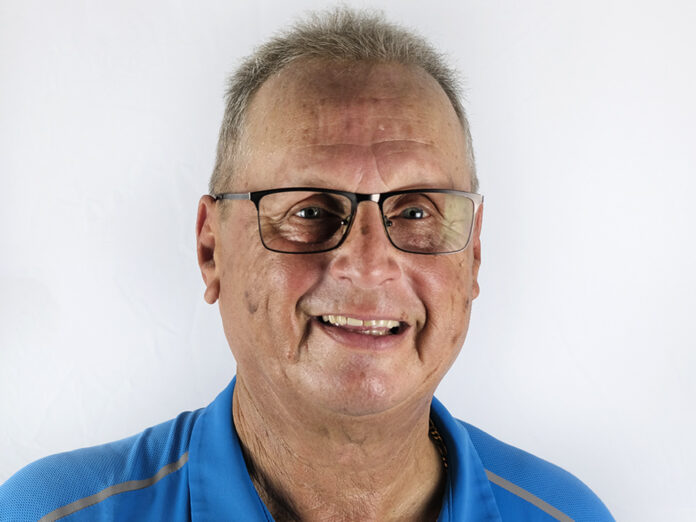
The healthcare industry is evolving, thanks to policy changes, societal shifts and technological advances.
New technologies like telemedicine have grown to a staggering degree during the COVID-19 pandemic and are here to stay. Experts say we can’t go back. Old-fashioned medical visits will never be replaced, but going forward, many more doctor visits will be of the remote variety. That means it’s important to keep improving the quality of those interactions.
More and more seniors have computers and smart phones with the capability of communicating visually with their doctors. Along with using headsets whenever possible, doctors should make sure they are in a well-lit area for video visits and use captioning options for all patients by default.
According to those in the know, doctors sometimes act as technology specialists, instructing patients to “unmute” or adjust the volume on their devices. If a computer isn’t available, you can still have a virtual visit easily through the smartphone. All in all, it saves time for both doctor and patient – and reduces overall costs.
It can be expensive to provide virtual visits via computer capability in an office infrastructure, but it’s not to put it in a phone app for virtual care. For details, go to AgingInPlace.org/telehealth-and-seniors.
Another growing area of health technology is artificial intelligence or AI. Today, despite expansion in health insurance coverage, ERs are seeing a larger and aging population, sicker patients who arrive in immediate danger with more chronic conditions. Other challenges are physician shortages as we expand care, a need for more expensive technical tools and an unsustainable trend in costs and expenditures.
The arrival of AI is poised to have a transformative impact on emergency department teams and the broader world of medical diagnostics.
Al Brandenburg is director of Maricopa Senior Coalition.
Sources: AgingInPlace.com, HealthDay, US News and Health Report, AARP
EMERGING TECHNOLOGY
Here are some telemedicine and self-monitoring products now and soon to be available:
- CallOnDoc. Patients can get answers from health providers, as well as prescriptions for medications for anything from relatively minor issues to chronic conditions.
- MedWand. The device, which will be available later this year, combines several diagnostic tools, including an ECG and a pulse oximeter. Patient data can then be shared with a doctor.
- Complete. Made by Omron Healthcare, this is a novel Food and Drug Administration-cleared technology that provides blood pressure and EKG monitoring with one device and can share the data with your physician using an app.
- Zibrio SmartScale. This tool helps assess an individual’s risk of falling by measuring and tracking physical balance. Falls are the leading cause of injury-related death among people age 65 and older, according to the CDC.
This column appears in the September issue of InMaricopa magazine.


![Maricopa’s ‘TikTok Rizz Party,’ explained One of several flyers for a "TikTok rizz party" is taped to a door in the Maricopa Business Center along Honeycutt Road on April 23, 2024. [Monica D. Spencer]](https://www.inmaricopa.com/wp-content/uploads/2024/04/spencer-042324-tiktok-rizz-party-flyer-web-218x150.jpg)



![Locals find zen with Earth Day drum circle Lizz Fiedorczyk instructs a drum circle at Maricopa Community Center April 22, 2024. [Brian Petersheim Jr.]](https://www.inmaricopa.com/wp-content/uploads/2024/04/PJ_3922-Enhanced-NR-218x150.jpg)


![Shred-A-Thon to take place tomorrow An image of shredded paper. [Pixabay]](https://www.inmaricopa.com/wp-content/uploads/2024/03/shredded-paper-168650_1280-218x150.jpg)






